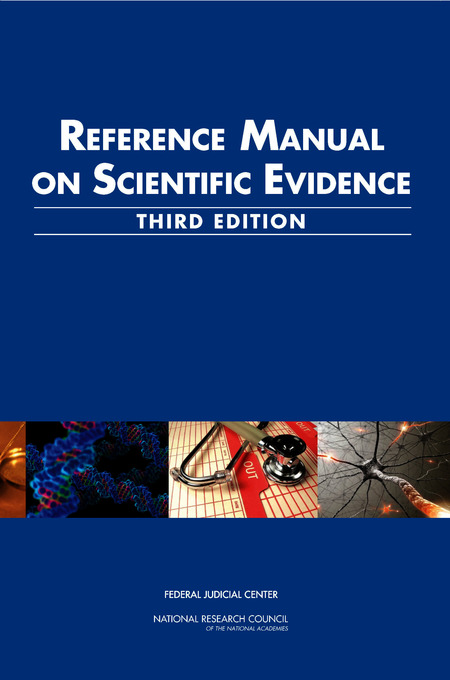From The Reference Manual on Scientific Evidence:
Surveys are used to describe or enumerate objects or the beliefs, attitudes, or behavior of persons or other social units. Surveys typically are offered in legal proceedings to establish or refute claims about the characteristics of those objects, individuals, or social units. Although surveys may count or measure every member of the relevant population (e.g., all plaintiffs eligible to join in a suit, all employees currently working for a corporation, all trees in a forest), sample surveys count or measure only a portion of the objects, individuals, or social units that the survey is intended to describe. Some statistical and sampling experts apply the phrase “sample survey” only to a survey in which probability sampling techniques are used to select the sample. Although probability sampling offers important advantages over nonprobability sampling, experts in some fields (e.g., marketing) regularly rely on various forms of nonprobability sampling when conducting surveys. Consistent with Federal Rule of Evidence 703, courts generally have accepted such evidence. Thus, in this reference guide, both the probability sample and the nonprobability sample are discussed. The strengths of probability sampling and the weaknesses of various types of nonprobability sampling are described so that the trier of fact can consider these features in deciding what weight to give to a particular sample survey.”

